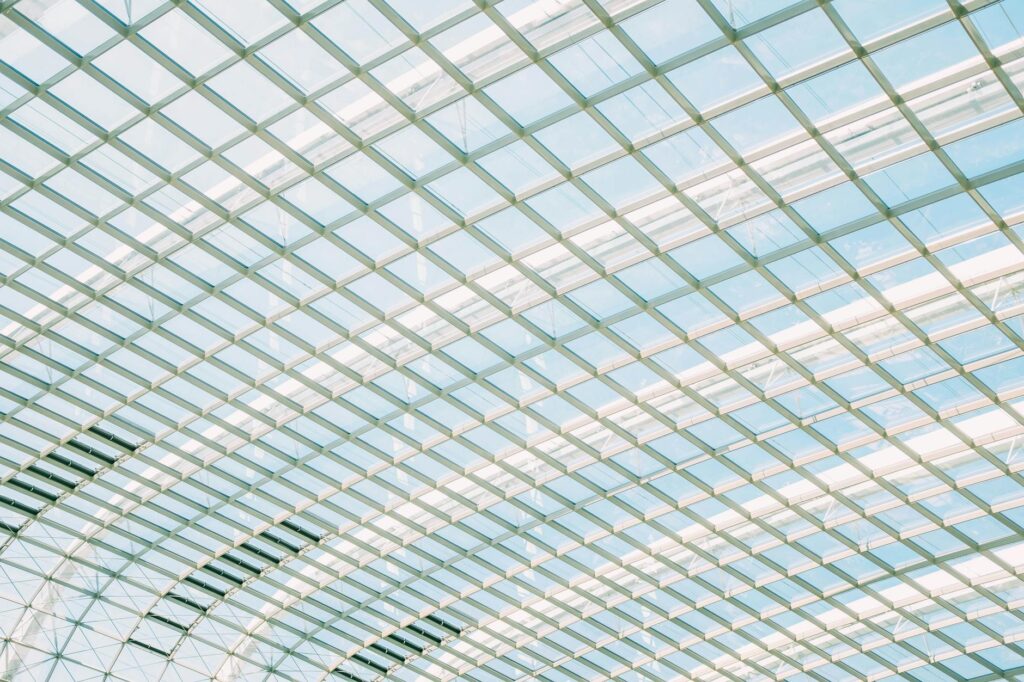Light Metal Roof Innovations Revolutionizing Modern Architecture in 2025
Light metal roof innovations have taken center stage in reshaping the landscape of modern architecture in 2024. As architects and builders strive to blend aesthetics, functionality, and sustainability, these cutting-edge roofing solutions are setting new standards for residential and commercial constructions alike. From advanced materials to smart technologies, light metal roofs are no longer just practical coverings — they are integral components that influence energy efficiency, design flexibility, and environmental impact.
The Rise of Light Metal Roofs in Contemporary Architecture
The increasing demand for sustainable, durable, and cost-effective roofing has propelled light metal roofs into the spotlight. Unlike traditional roofing materials such as asphalt shingles or heavy clay tiles, light metal roofs offer a unique combination of strength and minimal weight. This makes them particularly attractive for modern architectural designs that emphasize sleek forms, expansive open spaces, and innovative structural elements.
One of the key drivers of this trend is the evolving focus on reducing carbon footprints within the building sector. Metal roofs are highly recyclable and often made from significant recycled content, aligning with green building certifications and regulations. Furthermore, their reflective properties help reduce cooling costs by bouncing back solar radiation, which supports energy-conscious developments in both urban and rural settings.
Advancements in Materials and Coatings
2024 has seen remarkable breakthroughs in the materials used for light metal roofs. Traditionally dominated by aluminum and steel, manufacturers are now introducing alloys and composite metals that provide enhanced durability, corrosion resistance, and aesthetic appeal. For instance, zinc-aluminum-magnesium alloys are gaining popularity due to their lasting protection against harsh weather conditions and pollutants, making them ideal for varying climates.
Coating technologies have also evolved significantly. New ceramic-based and nano-coatings improve reflectivity and stamina, enabling roofs to maintain their efficiency and appearance for decades without frequent maintenance. Some coatings are even engineered to be self-cleaning, reducing the need for manual upkeep and ensuring optimum performance throughout the year.
Smart Technology Integration with Light Metal Roofs
Integration of smart technology represents one of the most exciting innovations in light metal roofs currently. Architects and builders are increasingly incorporating sensors and smart panels that monitor roof health, detect leaks, and report weather-related stress in real time. This kind of proactive maintenance capability minimizes repair costs and extends the lifespan of roofing systems.
Moreover, light metal roofs are ideal platforms for photovoltaic installations. Innovations in thin-film solar panels and flexible solar cells have made it easier than ever to embed solar technology seamlessly into the metal roofing panels. This integration allows buildings to generate clean energy without compromising design or adding significant weight.
Design Flexibility and Aesthetic Enhancements
In 2024, the aesthetic possibilities offered by light metal roofing have widened considerably. With improved fabrication techniques, architects can now specify customized shapes, textures, and colors that were previously difficult or cost-prohibitive to achieve. From bold geometric patterns to subtle metallic sheens, the visual palette is vast.
Light metal roofs also support innovative building forms such as curved or angular shapes, enabling designers to challenge conventional roofline constraints. This flexibility fosters architectural creativity and allows structures to better harmonize with their environments or stand out as iconic landmarks.
Environmental and Economic Benefits
Beyond their visual and functional advantages, light metal roofs excel in sustainability. Their long lifespans, recyclability, and energy efficiency contribute significantly to reducing environmental impacts over a building’s entire life cycle. Homeowners, commercial developers, and public entities benefit from diminished energy bills thanks to superior insulation and reflectivity.
Economic advantages extend into installation and maintenance too. Lightweight panels reduce labor intensity and material transport costs. Additionally, their resistance to fire, pests, and weather damage cuts down on ongoing repairs, making metal roofing a smart investment for modern projects aiming to balance upfront costs with long-term savings.
Conclusion: Transforming Architecture with Light Metal Roofing Innovations
Light metal roof innovations in 2024 are more than incremental improvements; they are transformative forces in modern architecture. By combining sustainable materials, smart technologies, and unparalleled design flexibility, these roofs redefine how buildings perform and appear. As architects push the boundaries of creativity and eco-consciousness, light metal roofing stands out as a pivotal element in achieving visionary, resilient structures that meet today’s demands and tomorrow’s challenges. Whether for residential homes, commercial complexes, or public infrastructure, embracing these innovations offers a pathway to smarter, greener, and more beautiful architecture.





